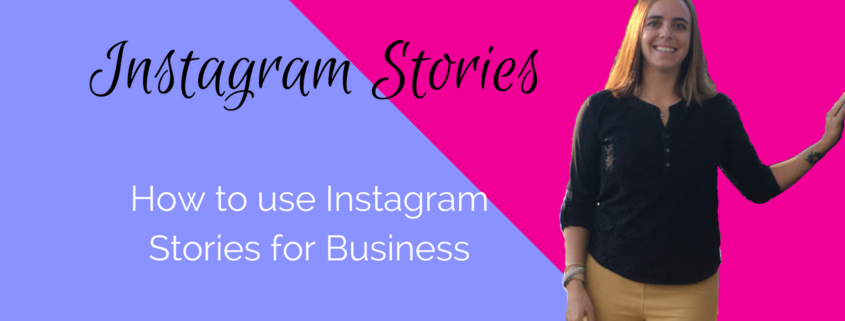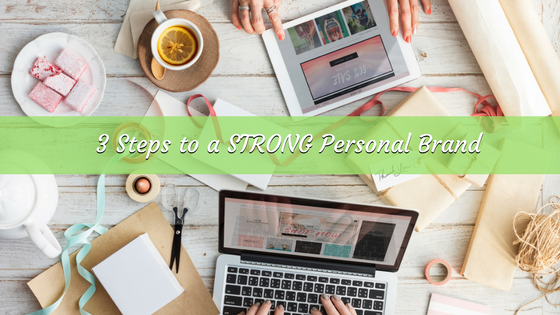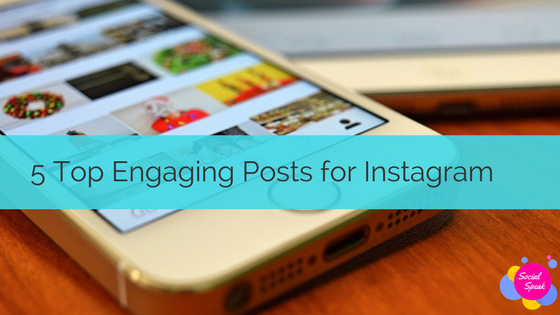What is a personal brand?
A personal brand is a feeling, an emotion and an expectation about who you are as a person and and a professional. Your personal brand tells people what your character is and what they can expect to experience when working with you.
How Do You Build A Strong Personal Brand?
Our 3-Step process will help you identify what your personal brand looks like. Once you identify what your personal brand is, it will be your job to nurture, grow and tweak it along the way.
STEP 1: WHO YOU ARE
Identify 3-6 core values that describe you. Core values are those things that drive you and make you who your are. They can be anything from trustworthy, respectful, innovative, leader, etc.
- _____________________________________
- _____________________________________
- _____________________________________
- _____________________________________
- _____________________________________
- _____________________________________
Power Tip:
Need help? Use Google to do some research! Type “List of core values” into the Google search engine and see what comes up. Select core values that really describe who you are and how you want people to perceive you.
STEP 2: WHAT YOU DO
Write out a descriptive statement of what problem you are able to provide a solution to.
______________________________________________________________________________________________________________________________________________________________________________________________________________________________________________________________________________________________________________________________________________________________________________________________________________________________________________________________________________________________________________________________________________________________________________________________________________________________________________________________________________________________________________________________________
The point of this descriptive is to illustrate how you think and want people to perceive you.
STEP 3: THE VALUE YOU PROVIDE
Strong personal brands deliver value ALL THE TIME! With everything they do, there is always a piece of value available. Two value-focused brands that quickly come to mind are:
Facebook: Provides people the opportunity to connect with friends, family, and businesses everyday!
Google: Delivers information instantaneously! It costs you nothing to do research from the comfort of your own home!
Make a list of all of the pieces of value you offer to your target market:
-
- _______________________________________________________________
- _______________________________________________________________
- _______________________________________________________________
- _______________________________________________________________
- _______________________________________________________________
- _______________________________________________________________
- _______________________________________________________________
- _______________________________________________________________
- _______________________________________________________________
- _______________________________________________________________
Putting it ALL Together
Now that you have a clear picture of:
- What makes you who you are
- The solution you provide
- The value that you offer…
You begin to see what your brand looks like. From here, you can go anywhere! With every piece of marketing you do, the product you deliver or conversation you have, you can design it all to reflect how you want people to perceive you, your business, and the product or service you deliver.
Take It One Step Further…
Put your brand to the test. Work with a trusted colleague, mentor, or friend, someone who will give feedback, and tell you what you NEED to hear, not what you WANT to hear. Ask them how they honestly see your brand and the product you deliver. If they are unable to identify the problem you solve, how valuable your product or service is or if they are unable to identify any of the 6 core values you listed above to describe you and your business, you have some work to do. You must either change one or all of the steps above or you must change yourself.
Personal branding is a marathon, not a sprint, and, it is definitely a journey. You will need to constantly work at it and improve it each and every day.








